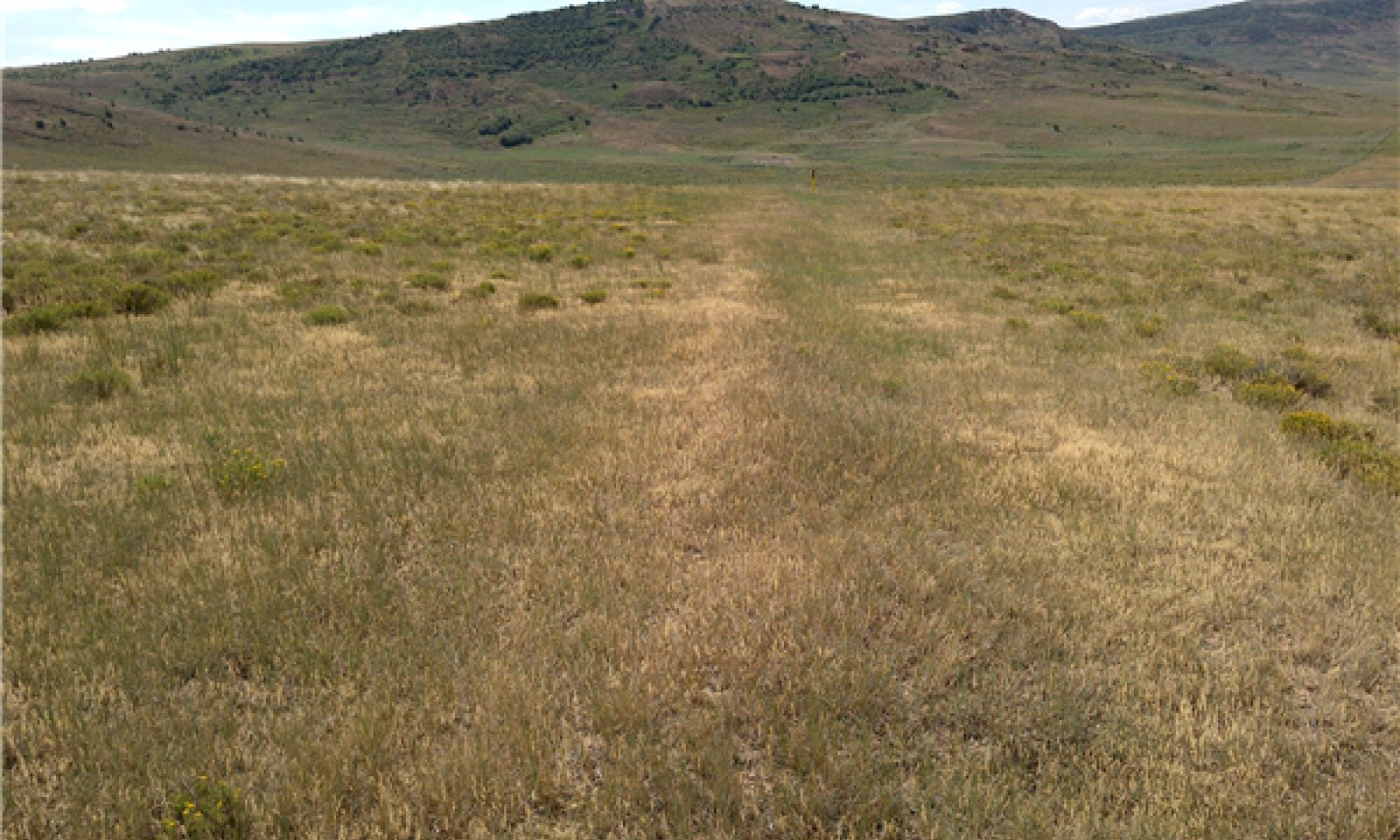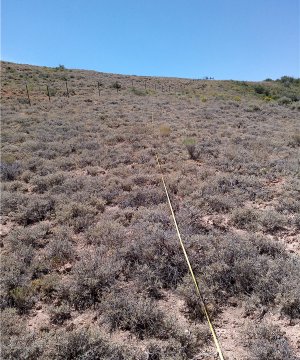
Upland Clay Loam (early sagebrush)
Scenario model
Current ecosystem state
Select a state
Management practices/drivers
Select a transition or restoration pathway
- Transition T1.1-2.1 More details
- Transition T2-3.1 More details
-
No transition or restoration pathway between the selected states has been described
Target ecosystem state
Select a state
Description
The Reference State is a description of this ecological site just prior to Euro-American settlement but long after the arrival of Native Americans. The description of the Reference State was determined by NRCS Soil Survey Type Site Location information and familiarity with rangeland relict areas where they exist. The Reference State for this site would have been a shrub steppe characterized by early sagebrush (Artemisia arbuscula spp. longiloba) and associated native perennial forbs and grasses. A more complete list of species by lifeform for the Reference State is available in the accompanying tables in the “Plant Community Composition by Weight and Percentage” section of this document.
Submodel
Description
State 2 is very similar to State 1 in form and function, with the exception of the presence of exotic plants and animals, possible extinctions of native species, and a different climate. State 2 is a description of the ecological site shortly following Euro-American settlement. This state can be regarded as the current potential. State 2 is dominated by early sagebrush and associated native perennial herbs with a small component of introduced species such as cheatgrass (Bromus tectorum) and Russian thistle (Salsola spp). The primary perennial grasses include western wheatgrass (Pascopyrum smithii), bluebunch wheatgrass (Pseudoroegneria spicata), squirreltail (Elymus elymoides), Indian ricegrass (Achnatherum hymenoides), needle and thread (Hesperostipa comata), smooth brome (Bromus inermis), and Sandberg’s bluegrass (Poa secunda). Common forbs include short-stem buckwheat (Eriogonum brevicaule), Tolmie’s owl’s-clover (Orthocarpus tolmiei), and longleaf phlox (Phlox longifolia). The resiliency of this State is maintained by a healthy, productive, and diverse plant community that can provide native seed sources and promotes soil stability, water infiltration, and soil moisture retention. The resiliency of this state will be negatively impacted by continued heavy growing season livestock grazing. Mechanical or chemical shrub control or prescribed burning is not recommended because high soil erosion potential and poor biological and economic responses, especially on steep slopes. This site should be reseeded with native perennial herbs quickly after fire or mechanical disturbances.
Submodel
Mechanism
T1.1-2.1: Transition from State 1 to State 2 (Reference State to Early Sagebrush/ Introduced Herb State)
The simultaneous introduction of exotic species, both plants and animals, and possible extinctions of native flora and fauna, along with climate change, has caused State 1 to transition to State 2. Reversal of such historic changes (i.e. a return pathway) back to State 1 is not practical.
Mechanism
T2-3.1: Transition from State 2 to State 3 (Early Sagebrush/Introduced Herbaceous Species/Disturbed State)
This transition occurs when the site experiences a disturbance such as the use of excavation equipment.
Model keys
Briefcase
Add ecological sites and Major Land Resource Areas to your briefcase by clicking on the briefcase (![]() ) icon wherever it occurs. Drag and drop items to reorder. Cookies are used to store briefcase items between browsing sessions. Because of this, the number of items that can be added to your briefcase is limited, and briefcase items added on one device and browser cannot be accessed from another device or browser. Users who do not wish to place cookies on their devices should not use the briefcase tool. Briefcase cookies serve no other purpose than described here and are deleted whenever browsing history is cleared.
) icon wherever it occurs. Drag and drop items to reorder. Cookies are used to store briefcase items between browsing sessions. Because of this, the number of items that can be added to your briefcase is limited, and briefcase items added on one device and browser cannot be accessed from another device or browser. Users who do not wish to place cookies on their devices should not use the briefcase tool. Briefcase cookies serve no other purpose than described here and are deleted whenever browsing history is cleared.
Ecological sites
Major Land Resource Areas
The Ecosystem Dynamics Interpretive Tool is an information system framework developed by the USDA-ARS Jornada Experimental Range, USDA Natural Resources Conservation Service, and New Mexico State University.


